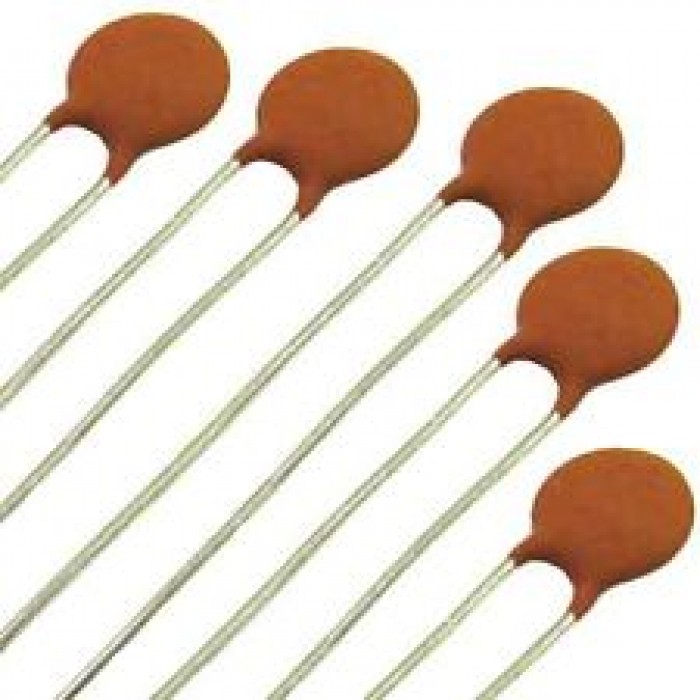In the realm of electronics, resistors play a pivotal role in controlling current flow and voltage levels within circuits. However, not all resistors are created equal. Among the various types, power resistors and standard resistors stand out due to their distinct characteristics and applications. This article delves into the fundamental differences between these two categories, providing insights that are crucial for engineers and hobbyists alike when designing and implementing electronic circuits.
Understanding Resistors: A Brief Overview
Before we dive into the specifics, it’s essential to understand what a resistor is. A resistor is a passive electronic component that opposes the flow of electric current, resulting in a voltage drop across its terminals. Resistors are characterized by their resistance value, measured in ohms (Ω), and are classified based on their power ratings, tolerance, and temperature coefficients.
What is a Standard Resistor?
Standard resistors, often referred to as general-purpose resistors, are designed for low to moderate power applications. They are typically used in circuits where the power dissipation does not exceed a few watts. Common types of standard resistors include carbon film, metal film, and wire-wound resistors.
Key Characteristics of Standard Resistors:
- Power Rating: Standard resistors usually have a power rating ranging from 1/8 watt to 1 watt. Exceeding this rating can lead to overheating and potential failure.
- Size and Form Factor: These resistors are generally smaller and lighter, making them suitable for compact circuit designs.
- Applications: Standard resistors are commonly used in signal processing, voltage dividers, and low-power applications where precision is not critically required.
What is a Power Resistor?
Power resistors, on the other hand, are specifically designed to handle higher power levels, often exceeding 1 watt, and can go up to several hundred watts or more. They are constructed to dissipate heat effectively, ensuring reliability in demanding applications.
Key Characteristics of Power Resistors:
- Higher Power Ratings: Power resistors are rated for higher wattage, typically ranging from 5 watts to several kilowatts, making them suitable for high-current applications.
- Thermal Management: These resistors are built with materials that can withstand higher temperatures and often incorporate heat sinks or other cooling mechanisms to manage heat dissipation.
- Construction Materials: Power resistors are usually made from materials like ceramic or metal oxide, which provide better thermal conductivity and durability compared to standard resistors.
- Applications: Commonly found in power supplies, motor control circuits, and industrial applications, power resistors are essential in scenarios where significant energy dissipation is required.
Key Differences Between Power Resistors and Standard Resistors
- Power Handling Capacity: The most significant difference lies in their power ratings. Power resistors can handle much higher wattages compared to standard resistors, making them suitable for high-power applications.
- Heat Dissipation: Power resistors are designed with advanced thermal management features, while standard resistors may not be able to dissipate heat effectively under high load conditions.
- Physical Size and Construction: Due to their higher power ratings, power resistors tend to be larger and heavier than standard resistors, which can impact circuit design and layout.
- Cost: Generally, power resistors are more expensive than standard resistors due to their specialized construction and materials.
- Precision and Tolerance: Standard resistors often have tighter tolerances and are used in applications where precision is critical, while power resistors may have looser tolerances but are built to withstand harsher conditions.
Choosing the Right Resistor for Your Application
When selecting between a power resistor and a standard resistor, it’s crucial to consider the specific requirements of your circuit. Here are some guidelines:
- Assess Power Requirements: Determine the maximum power that will be dissipated in the resistor. If it exceeds the limits of a standard resistor, opt for a power resistor.
- Consider Thermal Management: If your application involves high currents or voltages that generate significant heat, prioritize resistors with effective thermal management features.
- Evaluate Size Constraints: In compact designs, the physical size of the resistor may be a limiting factor, so consider the trade-offs between power handling and space.
- Budget Constraints: While performance is critical, also consider the cost implications of using power resistors versus standard resistors.
Conclusion
Understanding the differences between power resistors and standard resistors is essential for anyone involved in electronic design and engineering. By recognizing their unique characteristics and applications, you can make informed decisions that enhance the performance and reliability of your circuits. Whether you are designing a simple hobby project or a complex industrial system, choosing the right type of resistor can significantly impact your success. Always remember to assess your circuit's specific needs and select components accordingly for optimal results.

